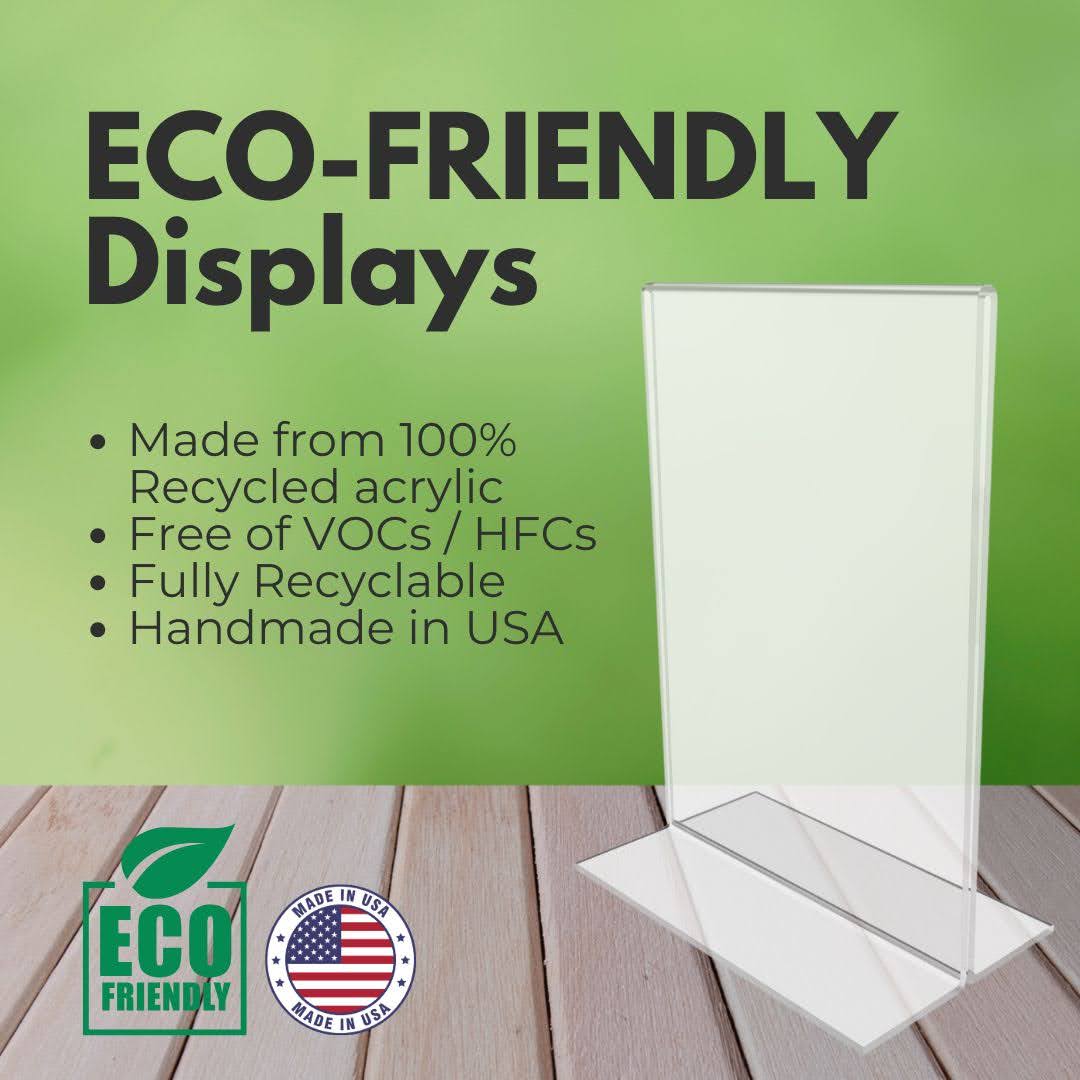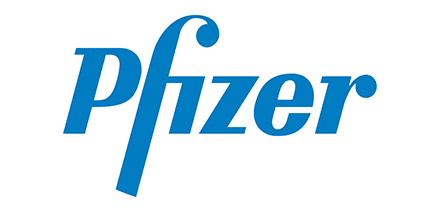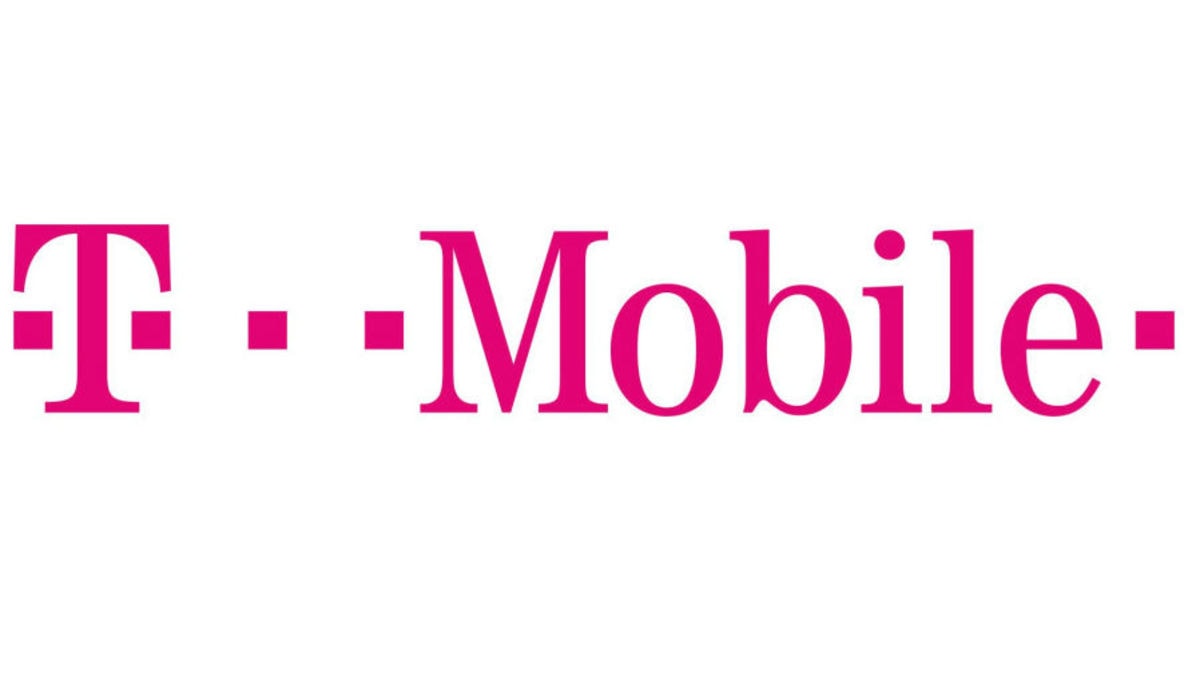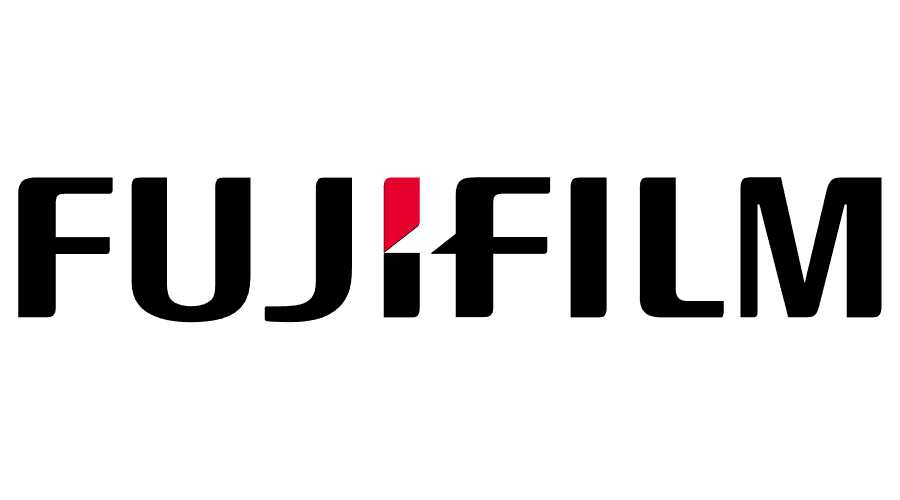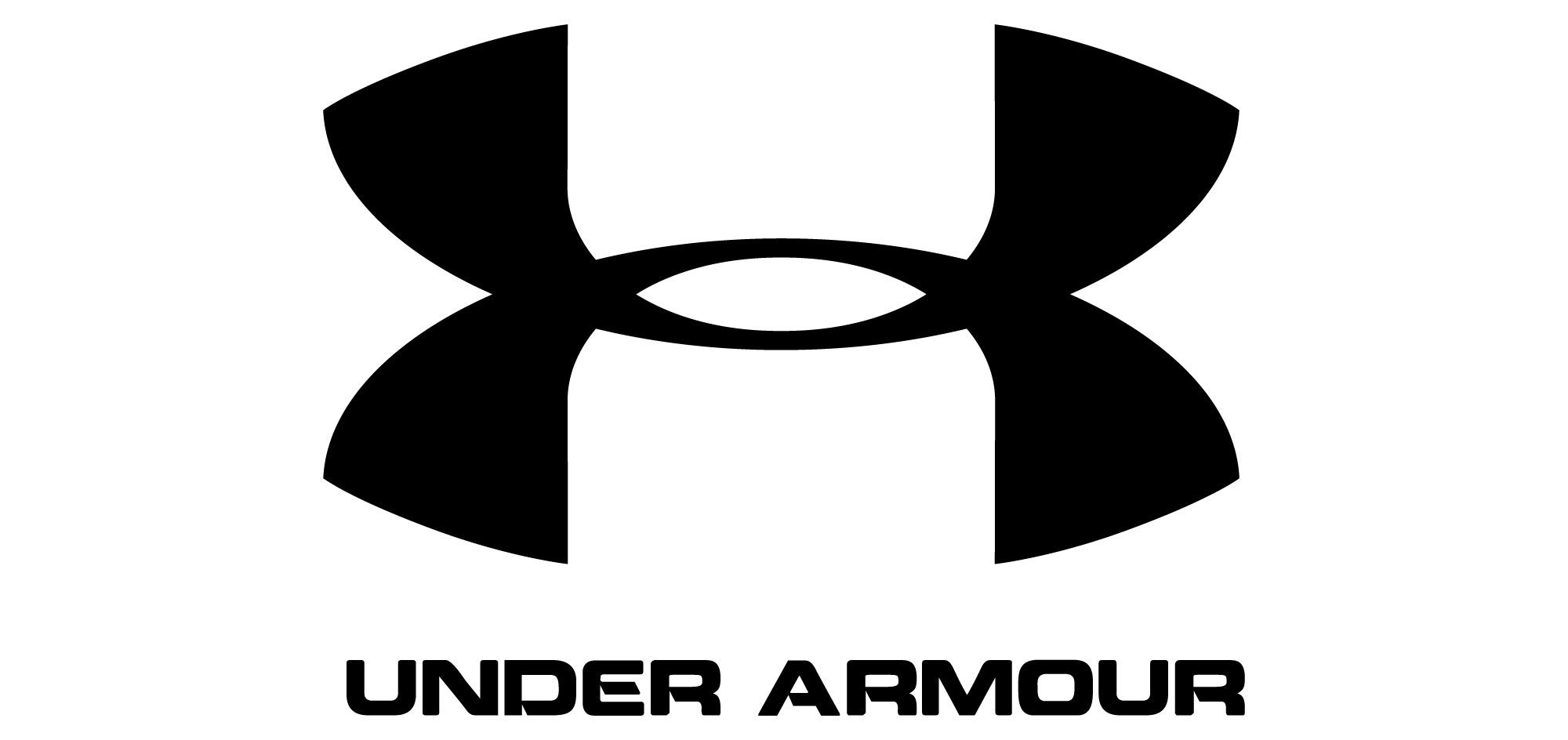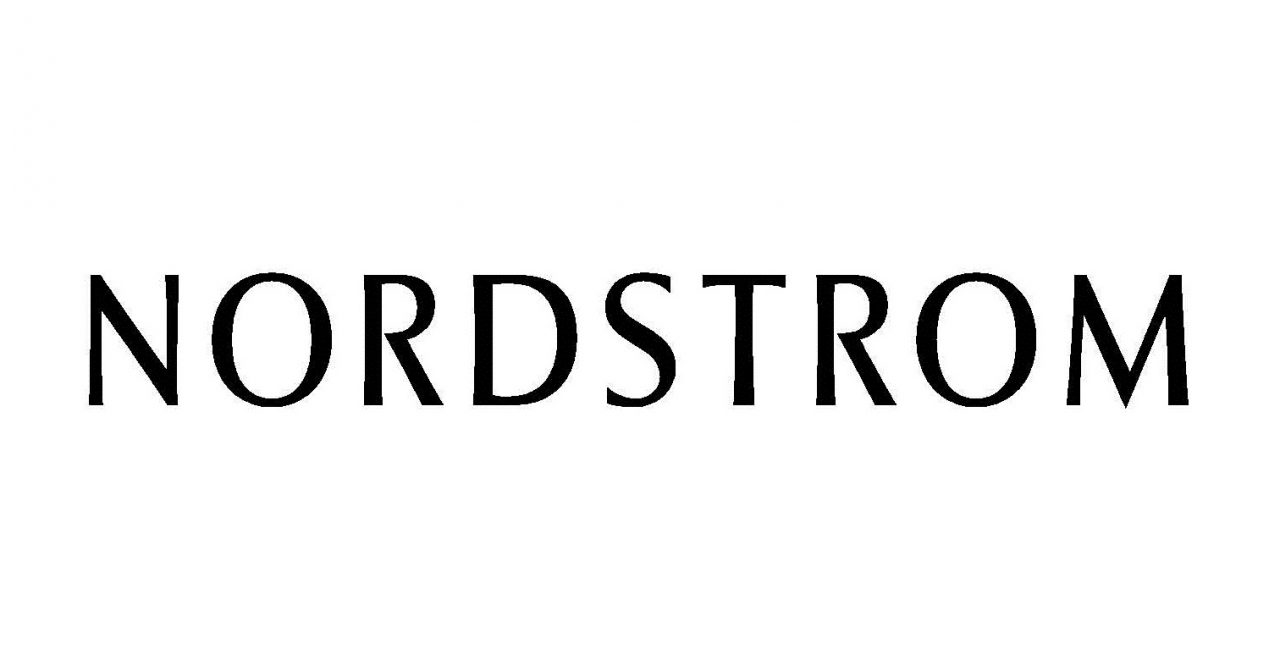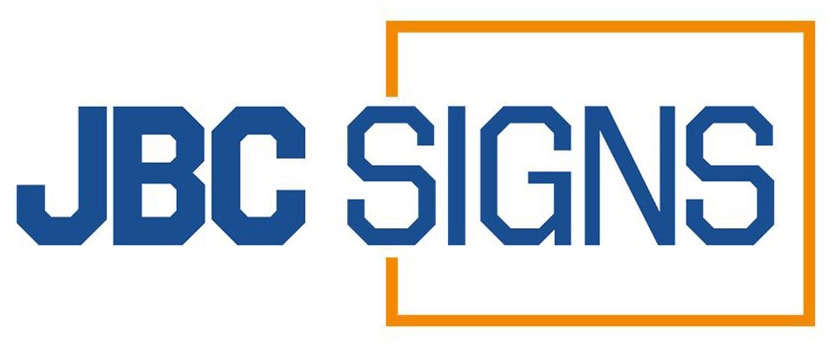Key Takeaways
- Is acrylic recyclable? Yes, acrylic can be recycled using mechanical or chemical processes.
- Acrylic signage & displays are made from durable and recyclable materials, reducing environmental impact.
- Acrylic custom signs can be repurposed or reused, minimizing waste.
- Is perspex the same as acrylic? Yes, perspex is a brand of acrylic with the same properties.
- Display and Holders provides sustainable, high-quality acrylic signage & displays for various uses.
Acrylic is widely used in industries for applications like acrylic signage & displays, windows, and acrylic business card holders. It’s praised for its clarity, durability, and versatility. But, with growing concerns over environmental impact, many people are asking, is acrylic recyclable? Acrylic, sometimes confused with plexiglass, is a plastic material that has many benefits, but what happens when it’s no longer needed? Is it an eco-friendly option?
However, following are the key points to Eco-Friendly Solutions for Reusing Acrylic:
- Is Acrylic Recyclable
- Is Perspex the Same as Acrylic
- How Can Acrylic Be Recycled or Repurposed
- Eco-Friendly Solutions for Acrylic Waste
In this article, we will explore the environmental aspects of acrylic, answer questions like "is acrylic glass?", and provide eco-friendly solutions for reusing and recycling acrylic materials. Understanding how acrylic can be repurposed or recycled can help businesses and individuals make more sustainable choices.
Is Acrylic Recyclable?
Acrylic is, in fact, recyclable, but it requires a specific process. Unlike many other plastics, acrylic can be repurposed into new products when it reaches the end of its lifecycle. However, the recycling of acrylic is not as straightforward as some other materials. It depends on several factors, such as the local recycling infrastructure and the specific type of acrylic used.
- Acrylic as a Recyclable Material: Acrylic is a thermoplastic, meaning it can be melted and reformed. This allows for the recycling process to break down the material and create new products from it. However, the recycling rate for acrylic can be lower than other plastics due to the need for specialized facilities.
- Challenges: Acrylic often needs to be separated from other materials in a recycling facility. This is because it is commonly mixed with different coatings, paints, or adhesives, which complicate the process.
Despite these challenges, acrylic is recyclable, and efforts to improve recycling technology and infrastructure are underway to make the process more efficient.
Is Acrylic Glass?
Acrylic is often called "acrylic glass," but it’s not actually glass. It is a type of plastic that mimics the properties of glass, such as transparency and clarity. In fact, is acrylic glass a question that arises often in discussions about the material. Acrylic, or polymethyl methacrylate (PMMA), is lightweight and shatter-resistant, making it a popular alternative to glass in many applications like acrylic signage & displays, windows, and acrylic business card holders.
However, despite being referred to as acrylic glass, it lacks the fragility of true glass and offers superior impact resistance. It is also easier to fabricate, cut, and shape than traditional glass, which makes it a preferred choice for custom applications.
Is Perspex the Same as Acrylic?
Another common question is, is perspex the same as acrylic? The answer is yes. Perspex is actually a brand name for acrylic, just as plexiglass is another term often used interchangeably with acrylic. Both terms refer to the same material: polymethyl methacrylate (PMMA).
- Brand vs. Material: Perspex, like Plexiglass, is just a branded version of acrylic. While the name differs, the material's properties and uses remain the same.
- Acrylic vs. Perspex: There is no significant difference in the composition or characteristics of perspex and acrylic; both are transparent, shatter-resistant plastics often used for acrylic signage & displays.
In essence, when people refer to perspex or Plexiglass, they’re talking about acrylic, and all three names can be used for the same type of plastic.
Is Plexiglass and Acrylic the Same?
To clarify another frequently asked question, is plexiglass and acrylic the same? The answer is yes, just like perspex, plexiglass is another brand name for acrylic. Both materials are composed of polymethyl methacrylate (PMMA) and exhibit the same characteristics in terms of durability, clarity, and recyclability.
- Plexiglass: The term "plexiglass" is most commonly used in North America and is often used in commercial applications like acrylic signage & displays and protective barriers.
- Acrylic: Acrylic, on the other hand, is the more generic term used worldwide, encompassing any form of PMMA material, including plexiglass.
While the brand names might differ, the product is the same, and both terms can be used interchangeably when referring to clear acrylic products or acrylic signage & displays.
How Can Acrylic Be Recycled or Repurposed?
1. Mechanical Recycling
Acrylic is typically recycled using mechanical processes, where the material is ground into small pieces, melted, and then reformed into new products. This process can be repeated multiple times without compromising the material's quality. Acrylic custom signs and other acrylic signage & displays can be melted down and turned into new items like sheets, signs, and accessories.
- Shredding: Acrylic waste is first shredded into small pieces, which can then be melted down.
- Reforming: The shredded material is heated and reformed into sheets, rods, or tubes for new products.
Mechanical recycling is a common and effective method for reusing acrylic, especially in industries like signage and construction.
2. Chemical Recycling
Chemical recycling involves breaking down acrylic into its original monomers (methyl methacrylate), which can then be repolymerized into new acrylic. This method allows for the production of high-quality acrylic products from recycled material.
- Breaking Down: The acrylic material is broken down into smaller molecules through a chemical process.
- Reforming: The monomers are then re-polymerized into high-quality acrylic resin, suitable for creating acrylic signage & displays and other products.
Chemical recycling is less common but has the potential to provide a more sustainable solution for acrylic recycling.
3. Repurposing Acrylic
Another way to recycle acrylic is by repurposing it. Many businesses and consumers choose to reuse acrylic sheets and items instead of recycling them into new products. For instance, used acrylic sign holders, acrylic brochure holders, or acrylic business card holders can be repurposed for other purposes or simply cleaned and reused.
- DIY Projects: Leftover acrylic sheets can be used for various DIY projects, such as crafting, furniture making, or creating smaller custom displays.
- Upcycling: Old acrylic signage & displays can be upcycled into new items, reducing waste and saving money.
Repurposing acrylic is an excellent option for those looking to minimize waste and make the most of their acrylic products.
Eco-Friendly Solutions for Acrylic Waste
While acrylic is recyclable, it’s essential to encourage responsible consumption and recycling practices. Here are a few ways to make your acrylic use more eco-friendly:
- Choose Recycled Acrylic: Some manufacturers produce acrylic from recycled materials. Opting for acrylic custom signs made from recycled acrylic reduces the need for virgin plastic.
- Proper Disposal: Ensure that your used acrylic products are disposed of in the correct manner, especially if they can’t be reused. Many recycling centers accept acrylic for processing.
- Buy Durable Products: Since acrylic is highly durable, opting for high-quality acrylic signage & displays and other acrylic items can reduce the need for frequent replacements, helping to reduce overall waste.
Eco-Friendly Acrylic Solutions for a Sustainable Future
In conclusion, acrylic is recyclable and offers many eco-friendly solutions for reuse and repurposing. Whether it's transforming old acrylic signage & displays into new products or using recycled acrylic in your business, there are many ways to ensure that acrylic remains a sustainable material. Acrylic’s recyclability and long-lasting durability make it a great choice for businesses and consumers looking to make more eco-conscious decisions.
If you’re looking for high-quality acrylic custom signs, 8x10 acrylic sign holders, or acrylic holders for brochures, Display and Holders offers a wide range of products that are not only stylish but also environmentally friendly. Explore our collection today and find the perfect acrylic solution for your needs.

